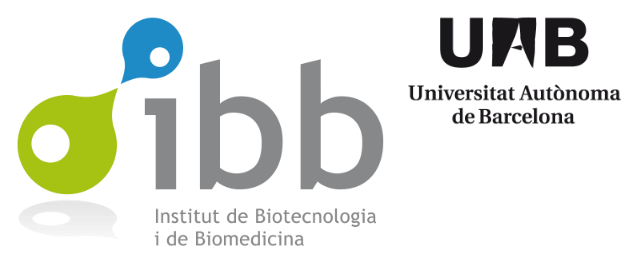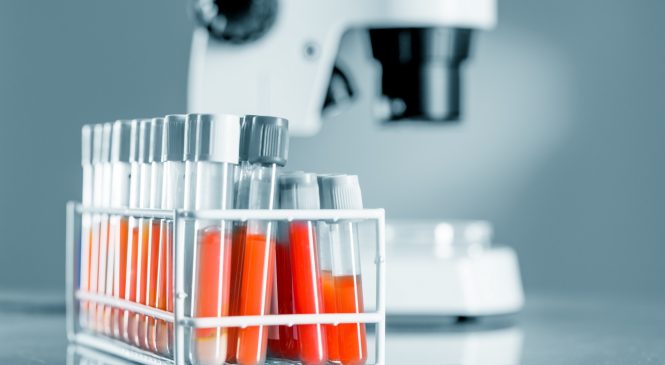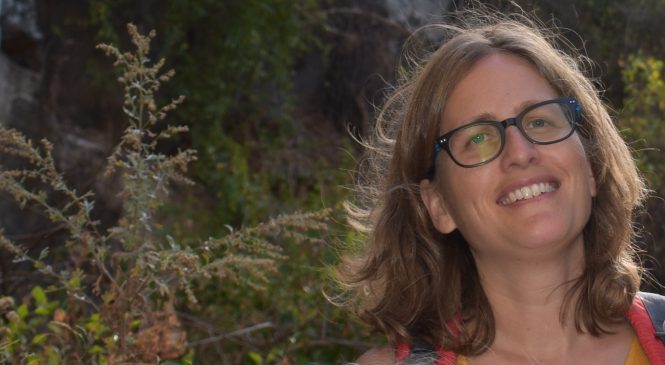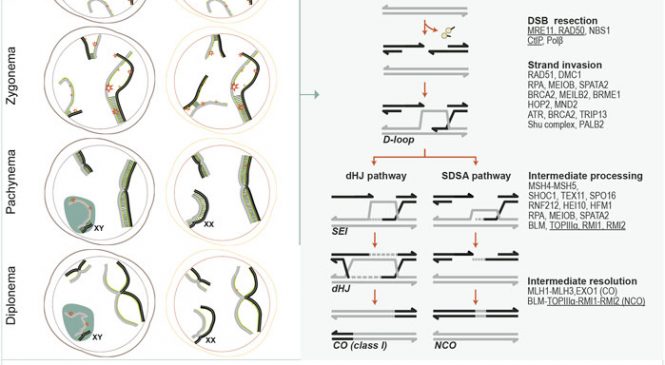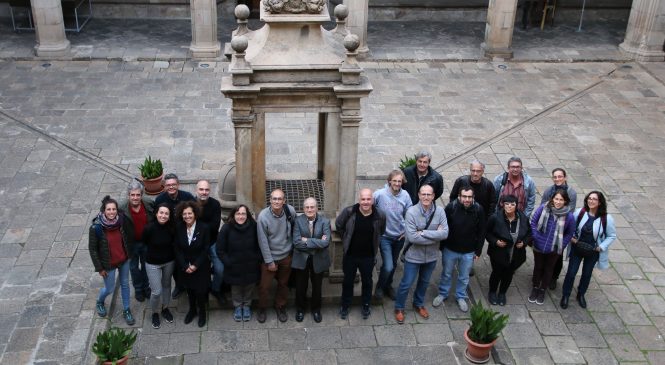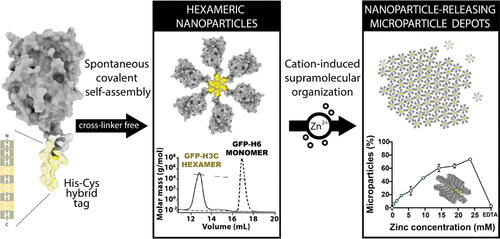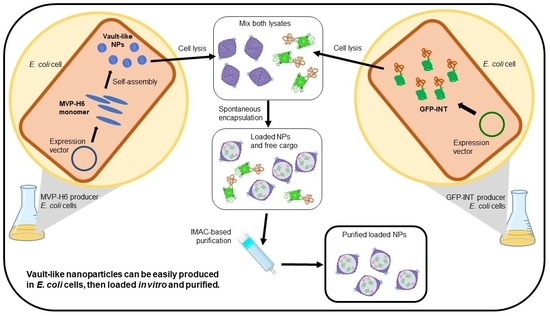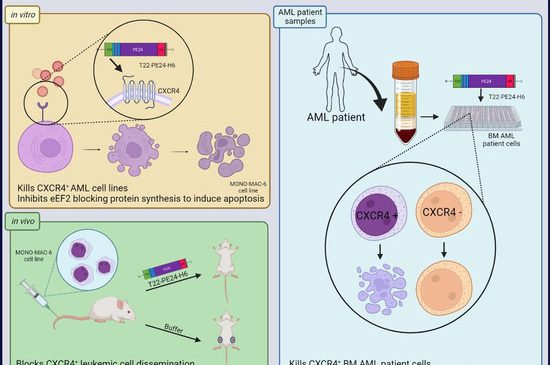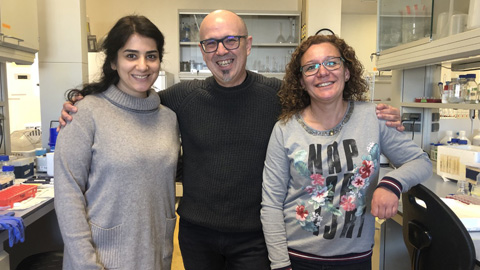
L’IBB acull la visita de tres gestores de recerca de la Medical University de Bialystok de Polònia
Durant la setmana del 24 al 28 d’abril, l’IBB va acollir la visita de Maria Szlachta, Sylwia Klepacka i Anna Bergiel, amb l’objectiu d’intercanviar metodologies de gestió de la recerca a nivell universitari, entre la Medical University de Bialystok (Polònia) i la Universitat Autònoma de Barcelona.
Les tres professionals formen part de l’equip administratiu de promoció i gestió d’ajudes de recerca i captació de talent de la Medical University de Bialystok. Durant la seva estada al nostre institut, van tenir la oportunitat de reunir-se amb diferents unitats de l’IBB com ara direcció, administració i promoció. En el transcurs de la setmana, també van poder conèixer de primera mà el funcionament de diferents serveis centrals de la UAB: la Oficina de Projectes Internacionals, la Oficina
